The details of each program are announced in the Events section.
The programs are conducted only in Japanese unless otherwise noted.
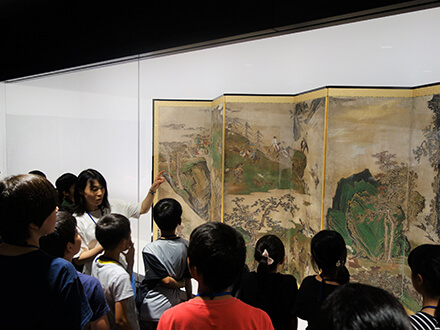 |
Children’s Art Museum in Summer VacationWe organize a special program for children every summer. The purpose of this educational program is for children to have opportunities to encounter art, and make their experiences more enjoyable and meaningful. A theme is adopted each year, and children are encouraged to join and experience activities such as viewing exhibitions, listening to gallery talks, and reading art books. |
|---|---|
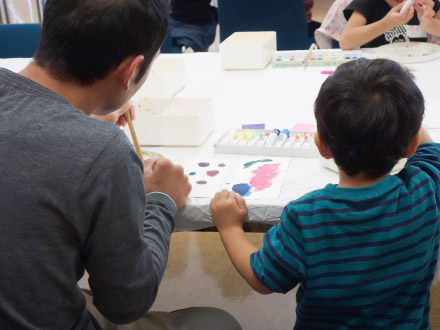 |
Family DayNovember 3 is the anniversary of the Fukuoka Art Museum’s opening, which we celebrate by holding Family Day. There is a range of enjoyable programs for adults and children in designated areas of the museum such as the lobby and galleries. |
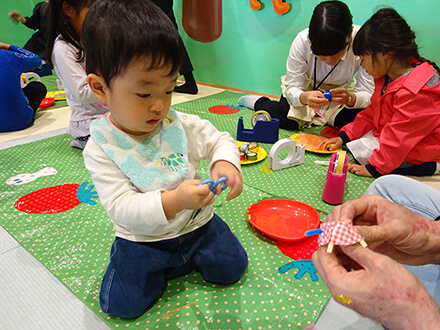 |
Mini-Mini WorkshopsThe workshop for preschool children is held in the Morinotane play space. Children take various materials out of a large box shaped like a seed and create friendly forest creatures. It is always interesting to see what emerges! Even very young children can enjoy the creative activity of cutting and pasting these simple elements. *Mini-Mini Workshops are held in conjunction with Family Day, Museum Week, etc. |
The details of each program are announced in the Events section.
The programs are conducted only in Japanese unless otherwise noted.
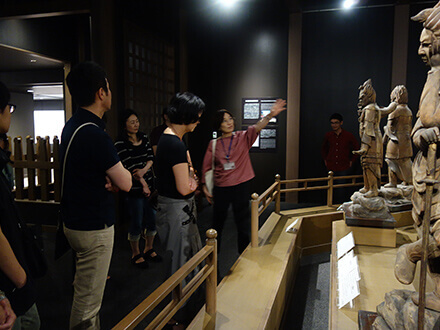 |
Gallery ToursMuseum volunteers present three art pieces chosen from our collection through a dialogue with visitors. These tours are held every day the museum is open. |
|---|---|
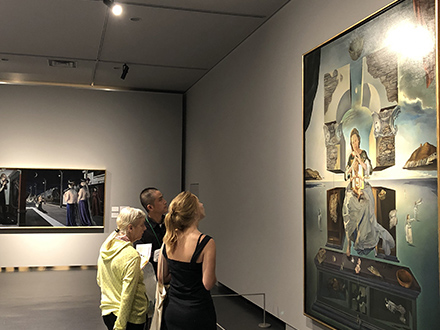 |
Gallery Tours in EnglishEnglish Guide Volunteer members will give introduction of our museum and art
pieces specially selected from our collections. |
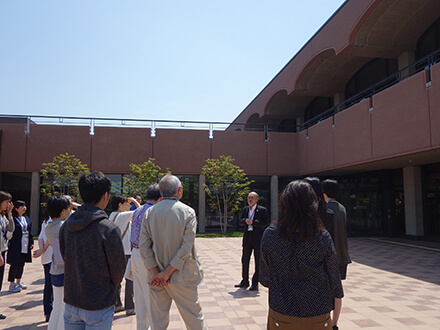 |
Architectural ToursVisitors can tour normally off-limits areas of the museum and view various aspect of Mayekawa Kunio’s architecture. *Architectural tours are held in conjunction with Museum Week, etc. |
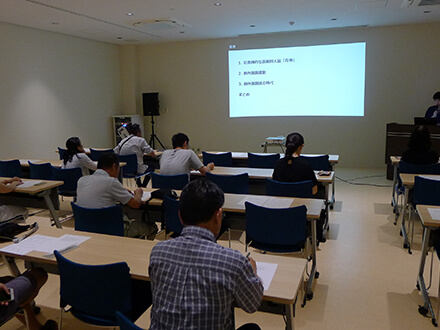 |
Tsukinami Monthly Lectures“Tsukinami” literally means “once a month.” To familiarize visitors with various aspects of art and the work done at museums, museum staff members take turns talking about various subjects such as their own research and work or other specific themes. |
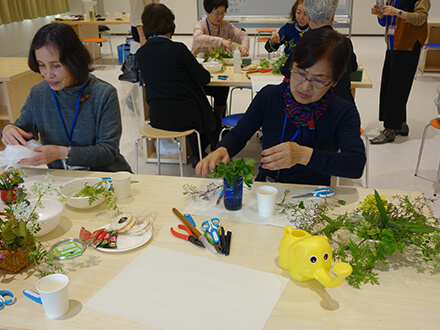 |
Iki Yo Yo WorkshopThis series aims to help people over 65 keep their minds fulfilled through activities such as viewing exhibitions, making things and expressing themselves physically. |
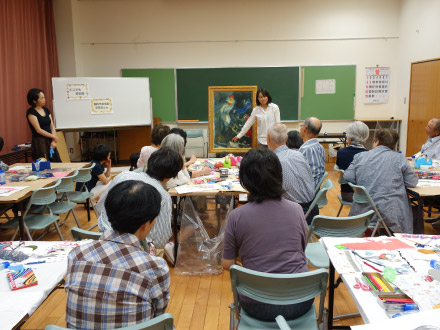 |
The Anywhere MuseumThe Anywhere Museum brings outreach activities and lending-art-works programs to local schools to introduce art and museum activities. |
|---|
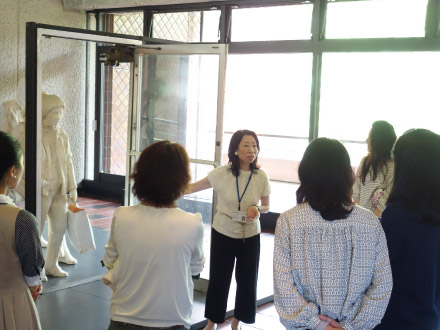 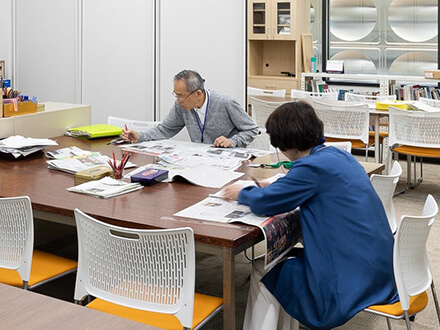 |
Prior to the museum’s opening in 1979, we recruited volunteers starting in 1976 and commenced activities.
Soon after the opening, their duties mainly consisted of clipping newspaper articles and assisting at the shop. In 1984, when we started welcoming large numbers of tourists using sightseeing buses, volunteers were divided into three groups, including the newly established Gallery Guide Volunteers in addition to Newspaper Clipping Volunteers and Library Assistant Volunteers.
The purposes of volunteer activities are: The details of each volunteer group’s activities are as follows: Gallery Guide VolunteersThese volunteers connect visitors and exhibits (works of art) through dialogue. The aim is to motivate visitors to observe deeply and enjoy viewing art. Guidance for elementary and junior high school students is available as well. Art Information VolunteersThe members of these three groups connect visitors and art through written materials. The aim is to have visitors deepen their knowledge of art and take more interest in the exhibits through written materials. These materials often serve as the foundation for exhibitions. 1. Newspaper Clipping VolunteersMany art-related articles are found in newspapers. Volunteers collect, clip and file potentially useful art materials that can support planning exhibitions in some way and assist users in understanding art more. 2. Library Assistant VolunteersThis group supports our museum librarian by arranging art books, exhibition catalogues, booklets, pamphlets and so on related to works in the collection, so both staff and visitors can view them as desired. Making these books available to the public is one of our services aimed at familiarizing people with art. 3. Artist Data Management VolunteersDirect mail, which we frequently receive from art galleries and institutions, is very useful for grasping what is happening on the contemporary art scene. All direct mails are sorted, classified and input in a database. This data is available to the public via a search system called “More! Sense of Art!” |
|---|